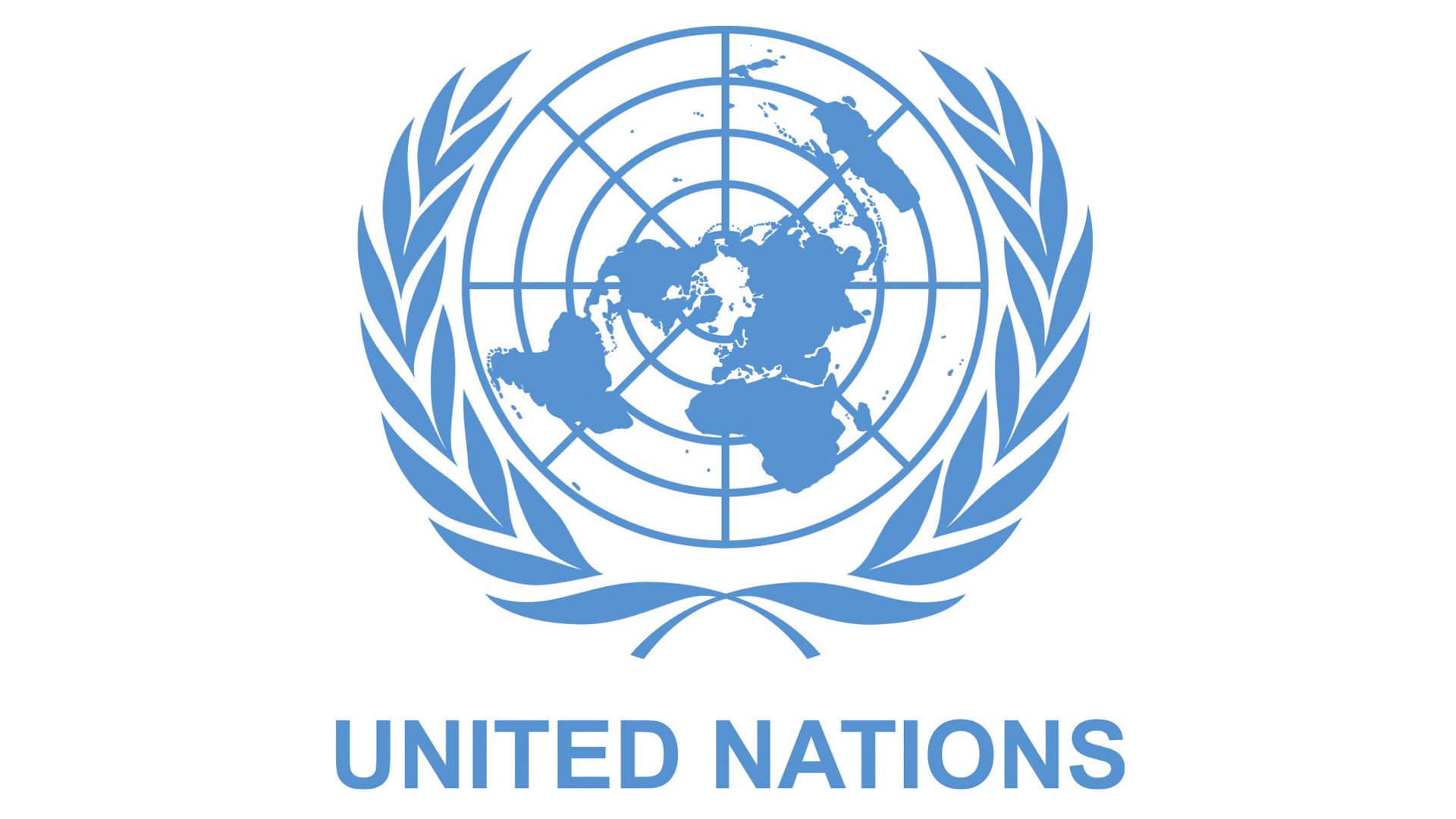
This, the UN said can be achieved only if communities and services on the ground are given the means.
The UNAIDS agency said in its annual World AIDS Day Report that community-led responses are unrecognised, under-resourced, and in some places under attack.
“The message of this report is one of active hope. Although the world is not currently on track to end AIDS as a public health threat, it can get on track,” the report said as quoted by AFP.
The UN first set out in 2015 the target of ending AIDS as a public health threat by 2030.
There are 39 million people around the world living with HIV — the virus that causes AIDS. Of them, 20.8 million are in eastern and southern Africa and 6.5 million are in Asia and the Pacific.
But out of the 39 million, 9.2 million do not have access to life-saving treatment.
“Harmful laws and policies towards people at risk of HIV, including sex workers, men who have sex with men, transgender people and people who use drugs put the communities trying to reach them with HIV services under threat,” UNAIDS said.
The agency said programmes delivered by frontline community-based organisations need full support from governments and donors to end the AIDS pandemic.
Some $20.8 billion was available for HIV programmes in low- and middle-income countries in 2022 — well short of the $29.3 billion needed by 2025.
The annual cost of treatment has come down from $25,000 per person in 1995 to less than $70 in many countries most affected by HIV nowadays.
Contact: [email protected]











